Lata Mangeshkar – The Nightingale of Hindi Cinema
Lata Mangeshkar is a very versatile and successful Indian playback singer, who predominantly worked in Bollywood in a career spanning to more than 7 decades since mid-1940s. She is widely accepted as the most successful and popular female voice of Indian cinema, not just Bollywood. She is a recipient of almost every civilian honour alongside other film awards. She was honoured with the highest civilian honour Bharat Ratna in 2001, Dada Saheb Phalke Award in 1989, Padma Bhushan in 1969 and Padma Vibhushan in 1999. She along with legendary Carnatic musician M. S. Subbulakshmi shares the title – India’s Nightingale. A great Indian artist all-time, she is one of the most influential figures in the history of Indian cinema. Please go through my most recent posts to get the list of 500+ best songs of Lata Ji and also her best songs for different heroines.
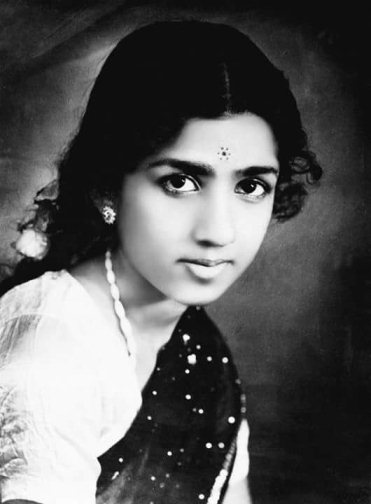
Lata Mangeshkar was born in Maharashtra and is of Goan origin. In fact Mangeshi is her hometown in Goa. She was born on 28 September 1929 as the eldest child of Marathi musician Deenanath Mangeshkar and second wife Shevanti Mangeshkar. She, along with her siblings took musical lessons from her father. Lata started her musical lessons at the age of 5, and also appeared as a child artist in the musical plays of her father. She sang on a public platform for the first time at the age of 9 at Nutan Theatre, Sholapur. When her father died due to a heart disease, Lata was only 13 years old, and as the elder sibling of the family she had to take the family responsibilities on her little shoulders at a very young age.
Initially she acted in movies as a child artist in Marathi movies, and slowly built her career as a successful playback singer. Their family friend Master Vinayak helped Lata to start a career in playback singing as well as acting. Unfortunately he was not able to see the success of Lata.
Mata Ek Sapoot Ki Duniya Badal De Tu – was her first recorded Hindi song, but for a Marathi movie
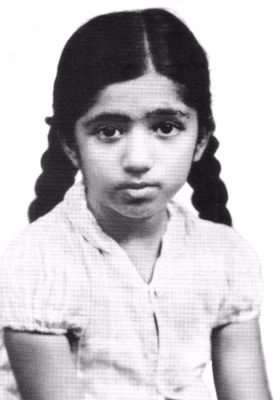
Lata’s childhood photo
Natali Chaitraachi Navalaai for Marathi movie Pahili Mangalaa-gaur in 1942 was her first released song. She also played a small role in the film. Before that she had recorded one song – “Naachu Yaa Gade” for 1942 Marathi movie, Kiti Hasaal (1942). But the song was not in the final record, when got released. In 1943 she recorded her first song, “Mata Ek Sapoot Ki Duniya Badal De Tu” for the Marathi film Gajaabhaau. She reached Mumbai in 1945 along with Master Vinayak when his troupe got shifted there, after which she embarked on a new journey no one would have ever imagined to reach such a glorious destination. In those days singing actresses were high in demand, and the technique of playback singing had just come to exist. She also took music lessons and Urdu diction while at Mumbai. She also played brief roles on big screen along with playback singing, and appeared in Master Vinayak’s first Hindi-language movie, Badi Maa (1945) alongside Asha.
Aayega Aanewala – Her first big break as a playback singer
When Master Vinayak died in 1948, she was mentored by music director Ghulam Haider, who had great expectations in her. Initially her voice was rejected by many music composers for being too thin, and as a playback singer she received major break through the haunting melody composed by Khemchand Prakash – ‘Aayega Aanewala’ from Mahal, filmed on Madhubala. With the songs of Barsaat composed by debutants – Shankar Jaikishen in 1949, she shot to instant fame. As a playback singer there was no turning back and she conquered new heights. SJ went on to record countless hit songs with Lata, and other leading composers like S. D. Burman, Naushad and Madan Mohan also specially reserved songs for her for many decades to come.
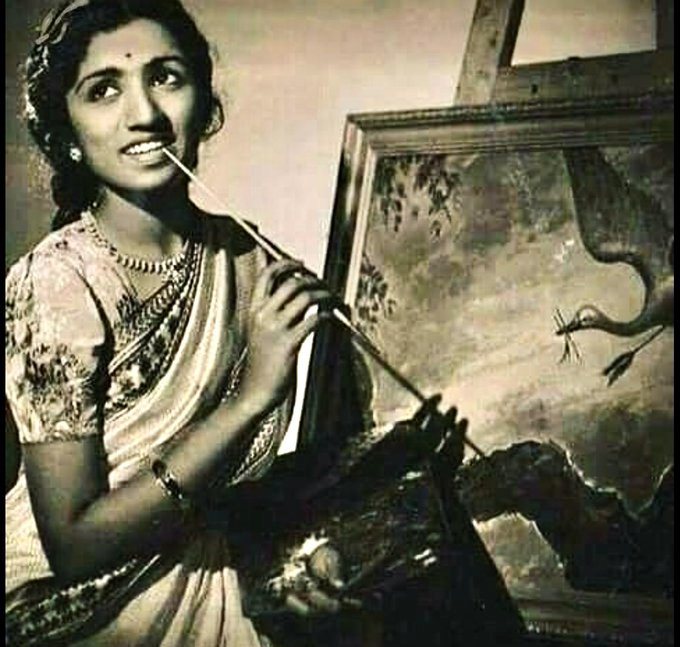
Lata Mangeshkar as a young lady – Posted on the official twitter page of actor Dharmendra
Initially Lata Mangeshkar’s singing style resembled Noor Jehan’s, who was the leading playback singer then, and also Lata’s idol. Over the years she developed a style of her own. Some of her major works in the 1950s include – Chori Chori, Anari, Shree 420, Aah etc in association with Shankar Jaikishen for Raj Kapoor movies, Madhumati, Paying Guest, Seema, Jaal, Nagin, Mother India etc. She remained the leading female playback voice of 1950s and 1960s, and she sung many popular duets with Manna Dey and Mukesh, and also a few with Mohammed Rafi during this period.
Nutan, Nargis, Sadhana, Vyjayanthimala, Saira Banu, Waheeda Rehman – The list is so long
It can be said that Lata Mangeshkar exclusively sang for Nutan, Nargis, Sadhana, Saira Banu, Vyjayanthimala, Waheeda Rehman etc (there are a very few exceptions) and also Madhubala, Sharmila Tagore, Asha Parekh, Tanuja etc during their glorious years as lead actresses. When she was the top choice of music composers for the lead actress during this period, songs for second lead actresses, comic characters, dancers etc were reserved for Asha Bhosle and other singers. In the mid-1960s she didn’t record songs with Rafi, and most of her songs released during this period were solos.
Asha Bhosle came into prominence in the 1970s
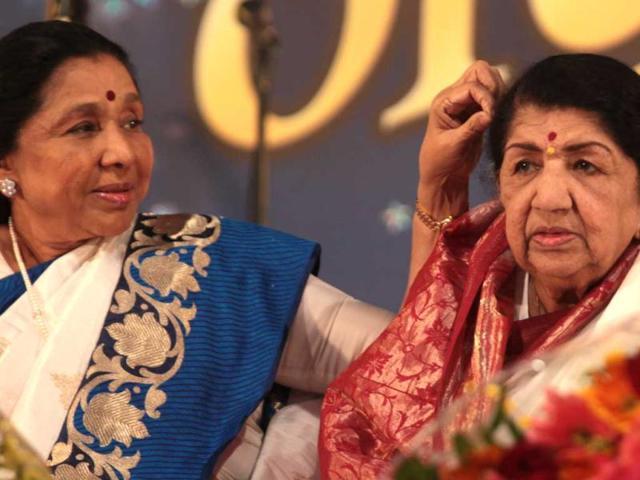
Till late 1960s, she held the supremacy of best female voice of Bollywood. With early 1970s, she shared it with younger sister Asha Bhosle, and Mangeshkar sisters went on to fully dominate Bollywood scene in the 1970s and 1980s. While Lata preferred soft and classical based songs most, Asha Bhosle tried with every genre of Bollywood music, and mostly succeeded in fast numbers. Mangeshkar sisters remained the most sought female voices till early 1990s, with emergence of young voices in the musical scene. Yet Lata continued recording full-length albums throughout 1990s till 2004. Hum Aapke Hain Kaun, Veer Zaara, Jab Pyar Kise Se Hota Hai and Dil To Pagal Hai are among those prominent works. In the past one decade or so, she hasn’t recorded any film song.
She has been honoured with countless Best playback singer awards including 3 National awards, 4 Filmfare awards, 15 BFJA awards and also numerous lifetime achievement awards, apart from honorary doctorates by different educational institutions. Madhya Pradesh government instituted Lata Mangeshkar Awards in 1984 to honour artists related to the field of music.
Lata Ji has virtually taken sabbatical from singing though she didn’t announce it officially
She follows a strict diet and a healthy life style, and that’s one of the reasons why she didn’t have any serious illness in the past several years. A month after she celebrated her 90th birthday, she was admitted to hospital as she felt difficulty in breathing. Before that she became seriously ill only once in the early 1960s when she was poisoned.
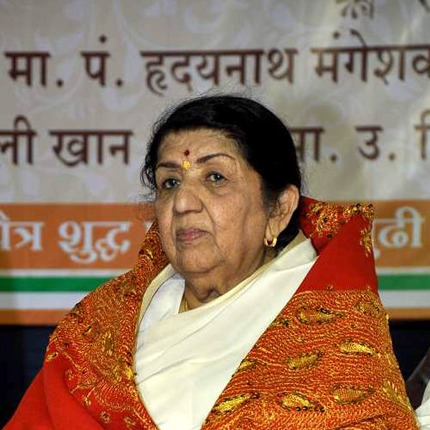
Like millions of her fans, I too pray for her speedy recovery and strength to withstand everything. Happy part is that she is out of danger now, and may get discharged from hospital next week. Last week tears were rolling through my eyes after hearing something unpleasant. I don’t want to explain it here. I don’t know what happiness people are getting by spreading baseless rumours over social media, and how it deeply hurts people those who love that person dearly. Only thing I want to add is – as per popular belief such people have a longer and extended life, and I am sure our dearest Lata Ji will come out of all her difficulties with extra energy and strength.
Lata Mangeshkar – 50+ Interesting and less-known facts from Bollywood and personal life

1. Lata was initially named as Hema by her parents.
2. She is the only cine personality from Bollywood to be honoured with India’s highest civilian honour Bharat Ratna.
3. After Satyajit Ray in 1992, she became the only person from Indian cine world to receive Bharat Ratna, and the only female film personality too. Though M. G. Ramachandran (MGR) has been honoured in 1988 posthumously, it was for his contributions towards cinema and politics combined.
4. After reaching Mumbai in 1945, she took lessons in Hindustani classical music from Ustad Aman Ali Khan of Bhindibazaar/Patiala Gharana till Partition. When her guru moved to Pakistan, she continued studies under Amanat Khan Devaswale.
5. India has two singing Nightingales – Lata Mangeshkar and M. S. Subbulakshmi. Interestingly both are the only female musicians to be honoured with Bharat Ratna.
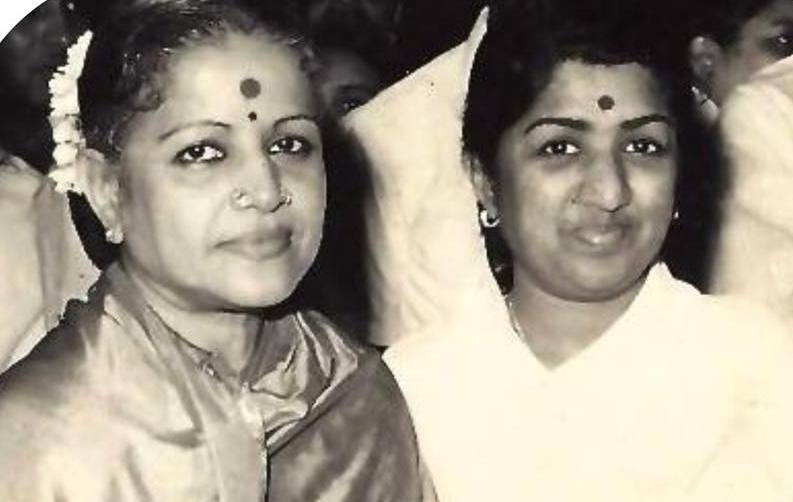
6. Hardikar is the real surname of her ancestors in Goa. Her father changed surname to Mangeshkar in the name of their home town in Goa, Mangeshi and future generations accepted it.
7. Her father was first married to Narmada, her maternal aunt. Following her death at a young age, he married her younger sister Shevanti and had 5 children in this marriage.
8. Many members of her family are prominent figures in the field of music, known as musicians, singers or both. All her siblings – Hridayanath Mangeshkar, Asha Bhosle, Usha Mangeshkar and Meena Khadikar are established names in the field of music. Her brother Hridayanath is a composer while all her sisters are well-established singers.
9. Iconic music composer R. D. Burman is her brother-in-law. Thus she is related to renowned composer S. D. Burman. Lata owns a significant work in association with both these legends in Bollywood, and also in Bengali cinema.
10. Her niece Radha Mangeshkar (daughter of Hridayanath) represents musical legacy of their family in present generation.
11. Well-known vocalist Jitendra Abhisheki from Goa is her second-cousin. His father, Balawantrao and Lata’s father Deenanath Mangeshkar are half-brothers.
12. Similarly, noted actress of 1980s, Padmini Kolhapure is her niece. Padmini’s paternal grandmother was the half-sister of Pandit Deenanath Mangeshkar and sister to Balawantrao. Thus she is related to actors – Shakti Kapoor (Padmini’s brother-in-law), Shraddha Kapoor, Siddhanth Kapoor, Tejaswini Kolhapure etc.
13. She left school at a younger age as she was restricted from bringing her younger sister Asha to school.
14. As a child she was so fond of radio. At the age of 18 when she brought a radio for the first time and turned it on, she heard Sehgal’s death and she returned the radio. In fact during her childhood days, only Sehgal’s songs were allowed to sing at home. As a child she jokingly used to say, she would marry him when she grows up. Throughout her life she never got opportunity to meet the legend.
15. K. L. Sehgal was one of the common links which connected her with Kishore Kumar. Both were great fans of the legendary singer.
16. During her early days, Dilip Kumar criticised for her Urdu diction for songs. She took criticism positively and went on to learn Urdu seriously, which helped her a lot later.
17. O. P. Nayyar never recorded even a single song with Lata Mangeshkar throughout his career. Yet without her songs, he remained one of the top composers of late 1950s and 1960s throughout. It is said that when Nayyar was a newcomer to the industry, Lata turned up late for their first recording together, which made the composer angry. Lata left the studio without recording and they never worked together. Nayyar once said that his songs never suit Lata’s style of singing and that’s the reason.
18. Top composers of 1990s Nadeem Shravan never recorded a song with the legendary singer throughout the decade after recording just once in Hisaab Khoon Ka. They collaborated for the first time after 15 years for 2005 movie Bewafa, and the song was Kaise Piya Se filmed on Kareena Kapoor.
19. Anu Malik also recorded only a few songs in the legendary voice, that too in the initial phase of his career. ‘Kehni Hai Tumse Do Batein’ from Aapas Ki Baat – a duet with Shailendra Singh was one of the early recordings of Anu Malik with Lata. Sajan Mere Us Paar Hai from Ganga Jamuna Saraswati is one of the hit solos. Nachegi Saraswati also belongs to the same movie. Yet Anu Malik frequently worked with younger sister Asha Bhosle in the 1980s and 1990s. Anu recorded all songs of Radha Ka Sangham initially in the voice of Mangeshkar, and later re-recorded a few of them in Anuradha Paudwal’s voice. However original Lata songs were released prior to Paudwal’s dubbed version, and Gulshan Kumar was pressurized by Balasaheb Thackerey for doing so.
20. Though she has faced criticisms for not promoting the singing careers of her siblings, especially Asha, it can’t be denied that she was the solo bread winner of the family consisting of 5 members, right from early teens. When Asha eloped with her teacher at a younger age, she broke all ties with her younger sister. It took many years for replenishing the damaged relation between the siblings, and this could be one reason why.
21. It has been alleged several times that she (also Asha Bhosle) played politics to side line other female voices in film industry. Suman Kalyapur and Anuradha Paudwal are among those names. Shamshad Begum and Vani Jayaram are other names popping up. These are only allegations without any solid proofs.
22. Sashadhar Mukherjee was one of the early filmmakers who rejected Lata’s voice. It was year 1948. Her mentor Ghulam Haider had challenged Mukherjee that in coming years, filmmakers would fall at her feet or beg to her to sing for their films. The following year after the release of Mahal, his predictions became true. It was Haider who gave Lata her first major break with the song “Dil Mera Toda, Mujhe Kahin Ka Na Chhoda” for Majboor (1948).
23. She had a difference in opinion to Rafi related to royalty issues of songs. They never talked to each other for six years in the 1960s or recorded any duets together during this period. Asha Bhosle along with Suman Kalyanpur got benefited by this, and both went on to record maximum duets with Rafi in the mid & second half of 1960s.
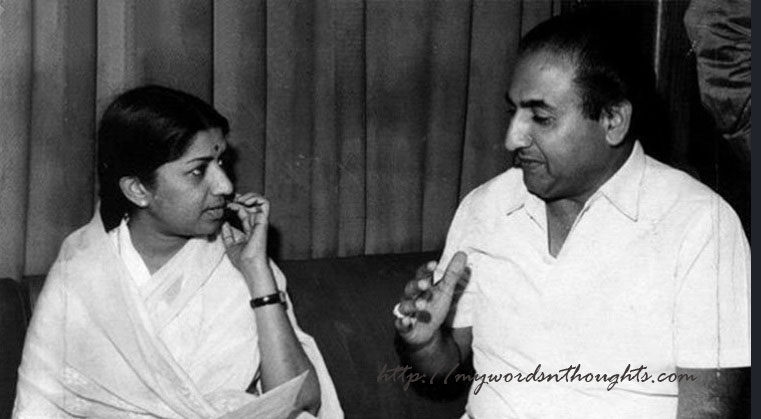
24. Rafi believed that a singer should never ask for royalty once he is paid, which created a drift with his colleague Lata. It was Kalyanji-Anandji duo who broke the ice between the two.
25. Asha holds the record of maximum duets with Rafi and Kishore Kumar, while Lata recorded maximum songs with Mukesh.
26. She was given slow poison in the early 1960s and got admitted in hospital in 1962. She recovered only after 10 days and she was bedridden for nearly 3 months. Her cook disappeared soon after the incident without even taking wages and the puzzle is still unsolved. Majrooh Sultanpuri used to frequently visit her and cheer her up.
27. Her contemporary artist Suman Kalyanpur’s voice had a striking resemblance with that of Lata’s and it was not easy for an average listener to differentiate between the two. However except a few memorable songs, Suman’s talent didn’t propel her career. In most cases, music directors found her as a replacement for Lata, when she was not available for recordings. When Rafi and Lata stopped recording songs together, Suman got opportunity to record a few duets with Rafi, when live orchestra recording was the only technical option available then.
28. She is unmarried. She states that she was so busy with her professional life that she didn’t get enough time to think about marriage. She also had the responsibilities of younger siblings. There are rumours of her romantic relationships with Raj Singh Dungarpur, member of a royal family and former cricketer and they didn’t marry against his parents’ wishes. Singh too remained unmarried throughout his life, and shared a good friendship relationship with Lata till his death. It’s said that he introduced her to the city Las Vegas, and Lata loves it dearly.
29. It was also rumoured that she was in a relationship with legendary musician, Bhupen Hazarika though he was married. They also worked in a few movies together. Hazarika’s estranged wife Priyamvada Patel alleged that she broke 13 years marriage relationship stating Hazarika’s closeness to Mangeshkar being one among the reasons. However Kalpana Lajmi, who had a long-term relationship with Hazarika found those allegations to be offended.
30. There were also rumours about her relationship with music composer C. Ramachandra with whom she recorded many songs during the early phase of her career (including ‘E Mere Watan Ke Logon’). Age difference was cited to be the reason for them not getting married. However such rumours don’t have any solid proof.
31. She is a recipient of three National Film Awards for Best Female Playback Singer – Beetey Na Beetaye from Parichay, Mere Padne Mein from Kora Kaagaz and Yaara Seeli Seeli for Lekin.

Beetey Na Beetaye from Parichay – The first Lata song to receive National Film awards for best playback singer
32. When she won her third and final National Film Award for Yaara Seeli Seeli in 1991, she was the oldest singer to receive this honour at the age of 62. She broke the record of Tamil playback singer K. B. Sundarambal who earned the honour for 1969 movie, Thunaivan (second ever recipient) at the age of 61.
33. Among female playback singers, she still holds the record of the oldest recipient of National Film Awards for best playback singer. Her record of the oldest winner of both male and female categories combined (shared with Bhimsen Joshi who won the honour for year 1984) was broken by K. J. Yesudas in 2017, winning his 8th honour (highest among all playback singers) at the age of 77.
34. Lata Mangeshkar openly expressed her displeasure when she was invited to perform at Filmfare nite in 1958, when playback singers were not honoured. Best playback singer category was introduced the following year and Lata became the first winner for “Aaja Re Pardesi” song. Till 1967 there was no separate category for male and female singers.
35. She won a total of 4 Filmfare awards for best playback singer category – Aaja Re Pardesi from Madhumati, Kahi Deep Jale Kahi Dil from Madhumati, Tumhi Mere Mandir from Khandan and Aap Mujhe Acche Lagne Lagee, after which she gave up Filmfare awards to promote new talents. However she was given Special Award for “Didi Tera Devar Deewana” in 1995 for 1994 movie – Hum Aapke Hain Kaun.
36. Her association with Madan Mohan is compared with SJ-Rafi pair in the 1960s. Her career best songs were recorded by Madan Mohan. They shared relationship of siblings and Lata used to address him as ‘Ghazalon ka Shahzaada’ or Emperor of Ghazals.

The iconic Lag Jaa Gale song from Woh Kaun Thi
37. She recorded maximum songs with Laxmikant-Pyarelal. They collaborated for the first time for LP’s debut movie, Parasmani, and went on to record around 712 songs together, in next three and a half decade.
38. In 1974 her name was recorded in Guinness Book of World Records for having sung the maximum number of songs in the world. But Rafi claimed that he recorded more number of songs. This record has been broken several times till now, and has been disputed frequently.
39. In 1999, Lata Eau de Parfum, a perfume brand was named after her.
40. She was the first Indian to perform in the famous Royal Albert Hall in London. Year 1974.
41. Kishore Kumar and Lata Mangeshkar were born in same year and Kishore Kumar was 1.5 months elder to her. As Lata was his senior in the industry, Kishore used to charge 1 rupee less. Lata always addressed him as Kishore da. In her opinion, she enjoys most while singing aside Kishore Kumar among all singers.
42. She has been nominated to Rajya Sabha once in 1999, which she felt a misfit. She didn’t attend sections for which she faced criticisms also. Ill health was the reason for her absence in parliament and she never accepted any sort of privileges or remuneration given for an MP during this period.
43. She used pseudonym ‘Anandghan’ and composed music for four Marathi films in the 1960s – Mohityanchi Manjula (1963), Maratha Tituka Melvava (1964), Sadhi Manasa (1965) and Tambadi Mati (1969).
44. She was honoured with the title of ‘Daughter of the nation’ by PM Modi Government in 2019 on the occasion of her 90th birthday.
45. She has openly admitted that she had fierce temper issues during her younger days, and over the years she slowy conquered it. Film industry was well aware of her quick anger, and she had even broken ties with many artists for short intervals, over some issues. Shankar Jaikishen, S. D. Burman and Mohammed Rafi are among the leading names.
46. Lata has been very particular about the song lyrics, and when SJ tricked her into singing ‘Mein Kaa Karoom’ for Sangam, she broke ties with the composers, though they are the most sought artists then. She recorded songs for SJ after a short break later.
47. Among all Bollywood divas she has a strong feeling that her voice suits most for Saira Banu.

Bhai Batur Bhai Batur from Padosan – Lata solo
48. She is a great fan of cricket and loves cooking too. There is a permanent reserved seat for her in the gallery of Lord’s cricket stadium.
49. She designed a diamond collection called ‘Swaranjali’ for a diamond export company. In an auction 5 pieces of it earned £105,000, and she donated the amount the relief fund of Kashmir earthquake 2005.
50. Though siblings rival has been one of the top stories for page 3 and tabloids, both Lata and Asha have told several times that there was nothing like that in between them, and media only blow up small things. Indeed they share a great sibling relationship. Even now, Asha occasionally visits her and they have breakfast together.
51. There is no authentic record regarding total number songs recorded by Mangeshkar. Guinness book of records states that “Lata Mangeshkar had sung no fewer than 30,000 songs between 1948 and 1987”. There have been many claims later stating that she recorded over 50K songs, while a few suggesting only 5025 Hindi songs recorded till 1991. Total number of songs not just for Lata, but for other Indian singers as well are still in disputes. Most of the records say, K. J. Yesudas recorded highest number of songs, with total number of 80K+, but still under debates.
52. She was introduced to Malayalam cinema by Salil Chowdhury and recorded the song – Kathali Chenkathali for the movie, Nellu (1974). However she never recorded songs in Malayalam later.
53. She predominantly recorded Hindi film songs. She recorded songs in around 36 Indian regional languages, apart from a few foreign languages including English.
Also read a few more topics on Lata Mangeshkar. Click on the images in the gallery to read.

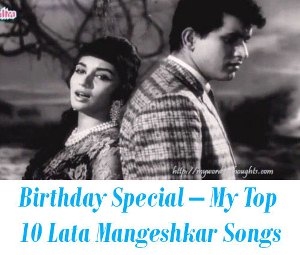
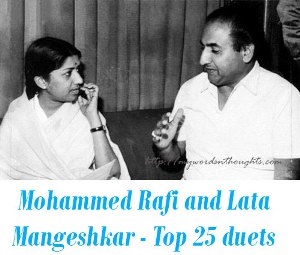
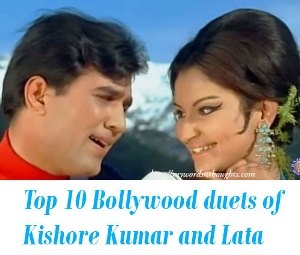
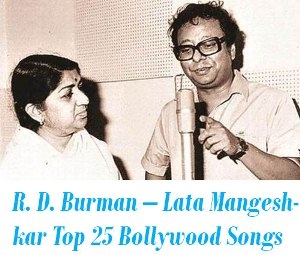
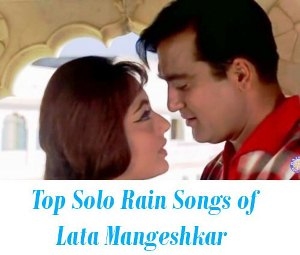
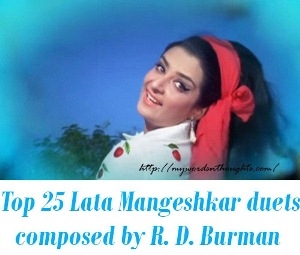
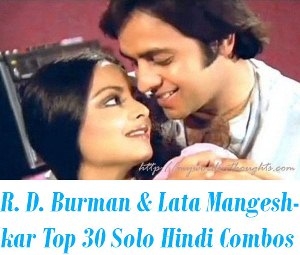
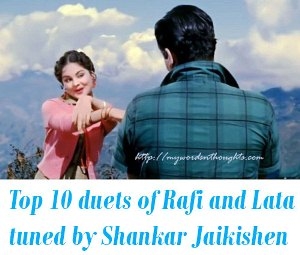


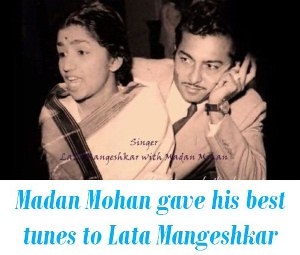
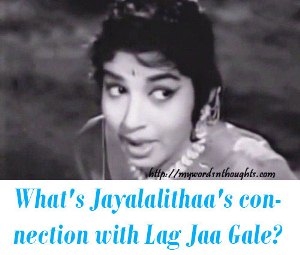












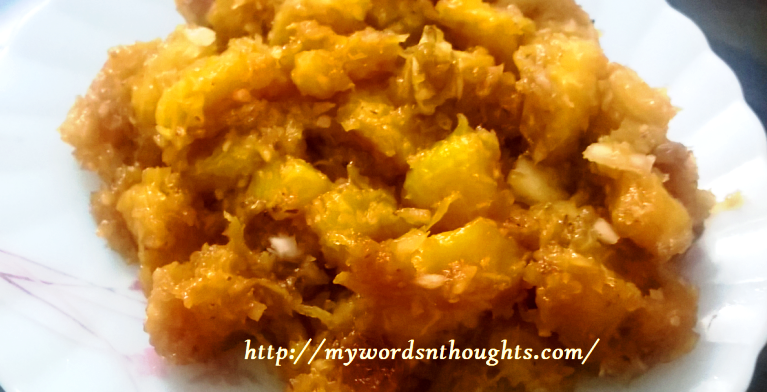
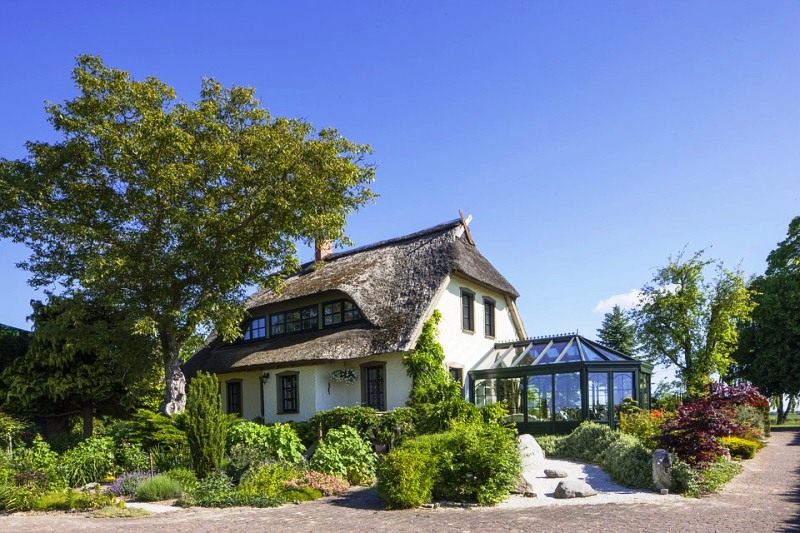
Recent Comments